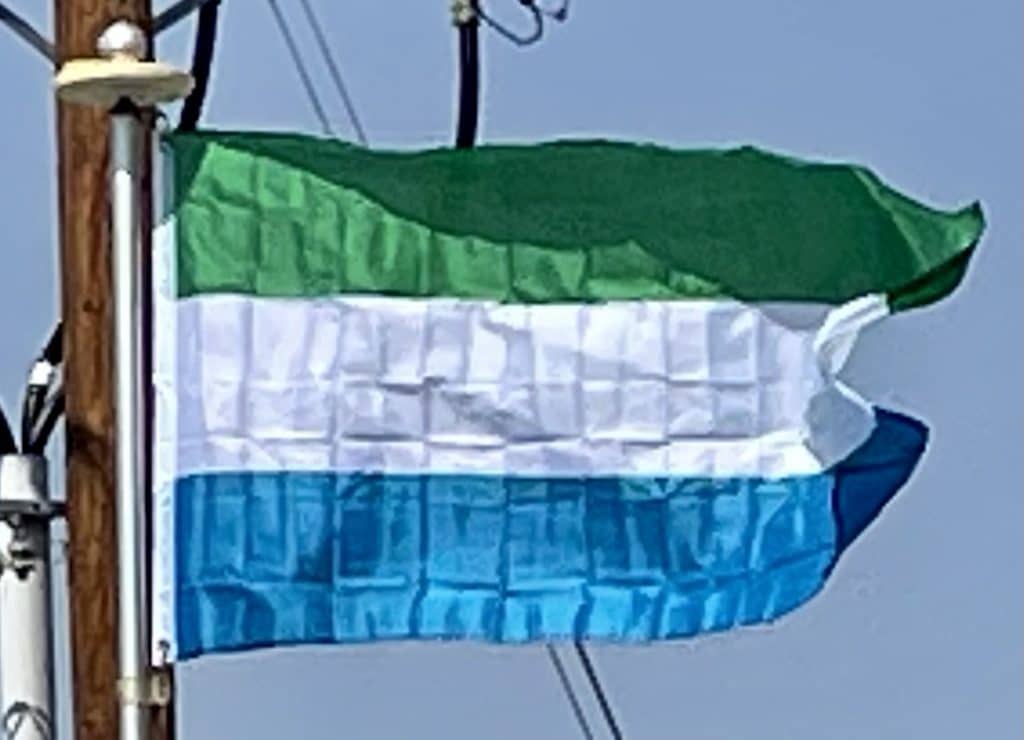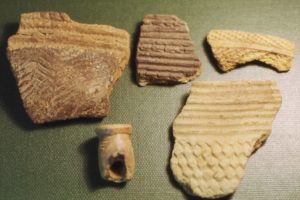
European contacts within Sierra Leone were among the first in West Africa in the 15th century. In 1462, Portuguese explorer Pedro de Sintra mapped the hills surrounding what is now Freetown Harbor, naming the shaped formation Serra da Leoa or “Serra Leoa” (Portuguese for Lioness Mountains). The Spanish rendering of this geographic formation is Sierra Leona, which later was adapted and, misspelled, became the country’s current name.
Soon after Sintra’s expedition, Portuguese traders arrived at the harbor. By 1495 they had built a fortified trading post on the coast. The Dutch and French also set up trade here, and each nation used Sierra Leone as a trading point for slaves brought by African traders from interior areas undergoing wars and conflicts over territory.
In 1787 the British Crown founded a settlement in Sierra Leone in what was called the “Province of Freedom”. About 400 blacks and 60 whites reached Sierra Leone on 15 May 1787. After they established Granville Town, most of the first group of colonists died, owing to disease and warfare with the indigenous African peoples (Temne), who resisted their encroachment. When the ships left them in September, their numbers had been reduced to “to 276 persons.
The settlement of Sierra Leone in the 1800s was unique in that the population was composed of displaced Africans who were brought to the colony after the British abolition of the slave trade. In the early 19th century, Freetown served as the residence of the British colonial governor of the region, who also administered the Gold Coast (now Ghana) and the Gambia settlements. Sierra Leone developed as the educational center of British West Africa. The British established Fourah Bay College here in 1827, which rapidly became a magnet for English-speaking Africans on the West Coast. For more than a century, it was the only European-style university in western Sub-Saharan Africa.
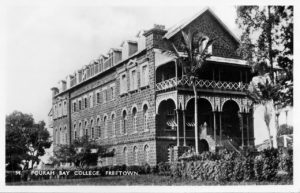
On 20 April 1960, Milton Margai led a 24-member Sierra Leonean delegation at constitutional conferences that were held with the Government of Queen Elizabeth II and British Colonial Secretary Iain Macleod in negotiations for independence held in London.
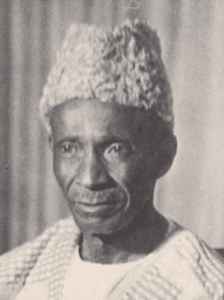
On the conclusion of talks in London on 4 May 1960, the United Kingdom agreed to grant Sierra Leone independence on 27 April 1961.
On 27 April 1961, Sir Milton Margai led Sierra Leone to independence from Great Britain and became the country’s first Prime Minister.
Upon Milton Margai’s unexpected death in 1964, his half-brother, Sir Albert Margai, was appointed as Prime Minister by parliament.
The All People’s Congress, with its leader Siaka Stevens, narrowly won a small majority of seats in Parliament over the SLPP in a closely contested 1967 general election. Stevens was sworn in as Prime Minister on 21 March 1967.
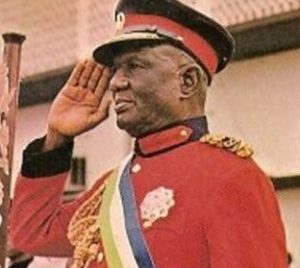
Under the pressure of several coup attempts, real or perceived, Stevens’ rule grew more and more authoritarian, and his relationship with some of his ardent supporters deteriorated.
